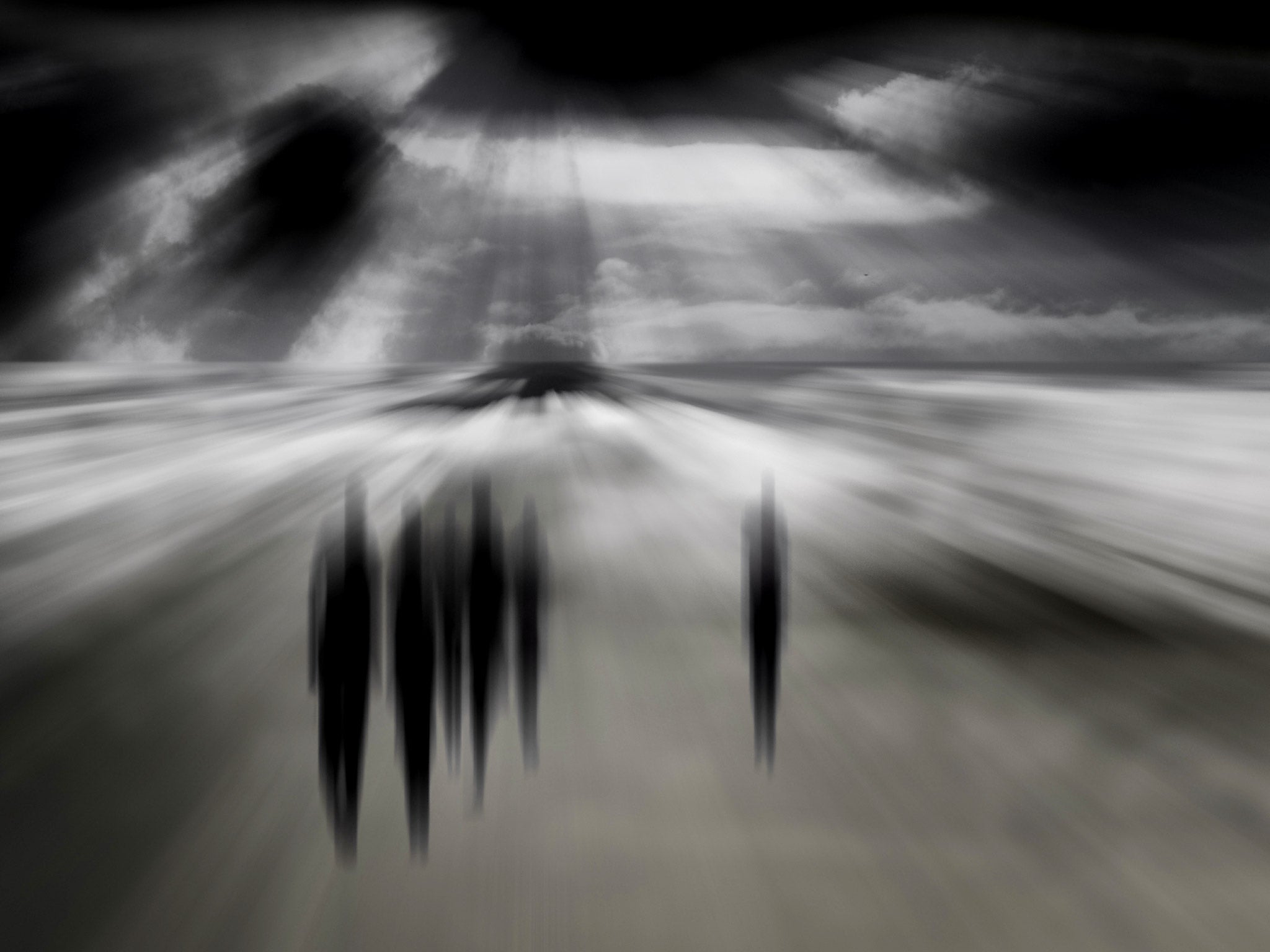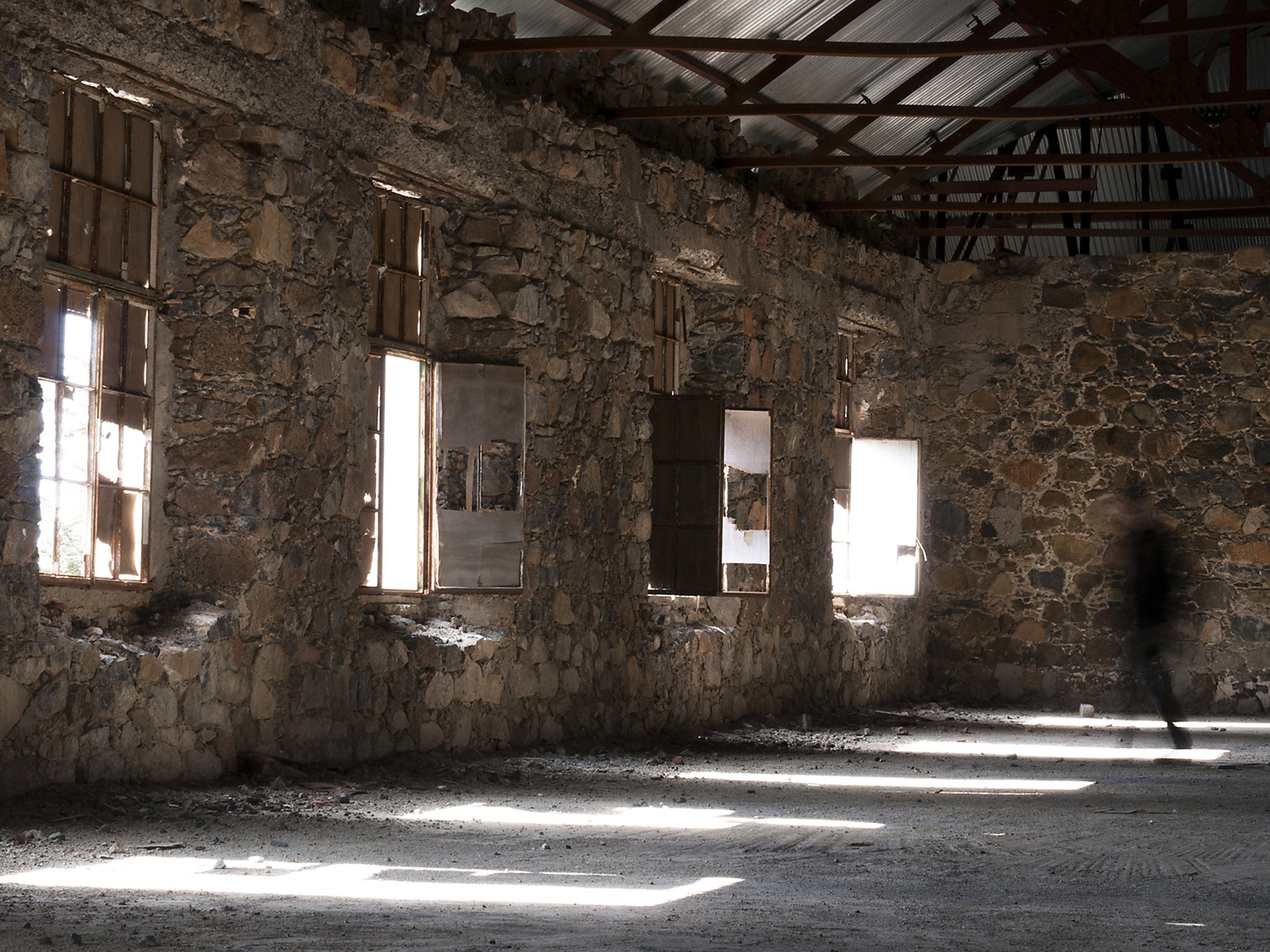What are the top three scientific explanations for ghost sightings?
A great many people claim to have witnessed ghosts and ghouls. Neil Dagnall explores the possible reasons

Your support helps us to tell the story
From reproductive rights to climate change to Big Tech, The Independent is on the ground when the story is developing. Whether it's investigating the financials of Elon Musk's pro-Trump PAC or producing our latest documentary, 'The A Word', which shines a light on the American women fighting for reproductive rights, we know how important it is to parse out the facts from the messaging.
At such a critical moment in US history, we need reporters on the ground. Your donation allows us to keep sending journalists to speak to both sides of the story.
The Independent is trusted by Americans across the entire political spectrum. And unlike many other quality news outlets, we choose not to lock Americans out of our reporting and analysis with paywalls. We believe quality journalism should be available to everyone, paid for by those who can afford it.
Your support makes all the difference.From ghosts to ghouls, witches to wizards, Halloween is the one time of the year when people come together to celebrate everything supernatural. But beyond the fancy dress and trick or treating, belief in ghosts is actually relatively common – with 38 per cent of people classifying themselves as believers, according to an Ipsos Mori poll a few years ago, and a similar number having actually reported seeing one.
The term “ghost” refers to the idea that the spirits of the dead – human and animal – influence the physical world. And the idea of a haunting can often include anything from a sensed presence, or objects moving, to spirit activity.
But in a world filled with science and reason, these “hauntings” can often boil down to a very simple explanation. So with Halloween just round the corner, here are the top three scientific and psychological explanations for hauntings, spirits, spookiness and all things supernatural – although it should be noted that many important questions have yet to be resolved.

1. Because I told you so
Attempts to explain hauntings often draw upon psychological factors – such as suggestion – so being told a place is haunted is more likely to lead to ghostly goings-on.
In one classic study, participants visited five main areas of a theatre before completing a questionnaire to assess their feelings and perceptions. Prior to the tour, one group was told the location was haunted, while the other group was informed that the building was under renovation. Unsurprisingly, participants that were told the place was haunted experienced more intense experiences – similar to those of paranormal happenings.
Verbal suggestion has also been shown to increase paranormal perceptions – as shown in research on seance phenomena, paranormal key bending and psychic reading – especially when the suggestion is consistent with existing paranormal beliefs.
But research in real-world settings has produced inconsistent results. A study in the supposedly haunted Hampton Court found that suggestion had no effect on participants’ expectations of experiencing unusual phenomena, or their tendency to attribute unusual phenomena to ghosts.
So it is fair to say that the effects of suggestion vary depending upon a person’s beliefs. And of course, paranormal believers are prone to endorsing alleged paranormal phenomena – while sceptics will deny the existence of the paranormal.
2. Electromagnetic fields and spooky sounds
Other explanations draw on environmental factors, such as electromagnetic fields and infrasound. Canadian neuroscientist Michael Persinger demonstrated that the application of varying electromagnetic fields to the temporal lobes of the brain could produce haunting experiences – such as perception of a presence, a feeling of God or sensations of being touched. And it has been noted that areas most associated with hauntings – such as Hampton Court – do possess erratic magnetic fields.
Similarly, infrasound – audio frequency below the range of human hearing – is also thought to be able to explain such phenomena. Several studies have linked infrasound and bizarre sensations.

In one example, contemporary pieces of live music were laced with infrasound and the audience were then asked to describe their reactions to the music. More unusual experiences were reported when infrasound was present – chills down the spine, feeling nervous, waves of fear and uneasy or sorrowful emotions.
3. Toxic hallucinations
“Supernatural” perceptions can also arise from reactions to toxic substances – such as carbon monoxide, formaldehyde and pesticide. It also also been suggested that fungal hallucinations – caused by toxic mould – could stimulate haunting-related perceptions.
Shane Rogers and his team from Clarkson University in the US observed similarities between paranormal experiences and the hallucinogenic effects of fungal spores. This may explain why ghost sightings often occur in older buildings with inadequate ventilation and poor air quality.
The notion is not new and experts have previously reported a similar effect associated with old books. They claim that mere exposure to toxic moulds can trigger significant mental or neurological symptoms, which create perceptions similar to those reported during haunting experiences.
This article was first published in The Conversation (theconversation.com). Neil Dagnall is reader in applied cognitive psychology at Manchester Metropolitan University
Join our commenting forum
Join thought-provoking conversations, follow other Independent readers and see their replies
Comments